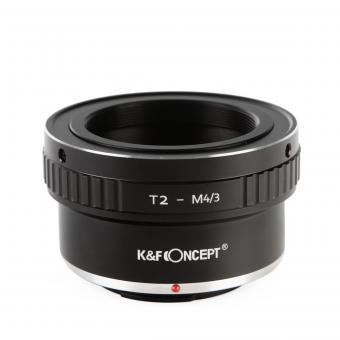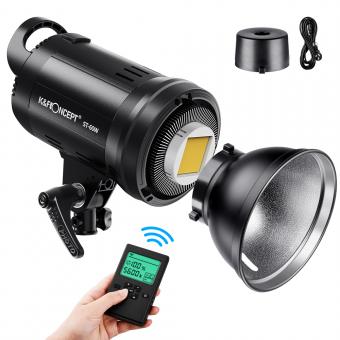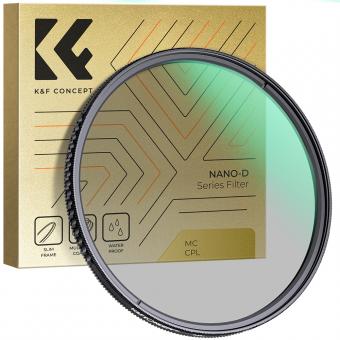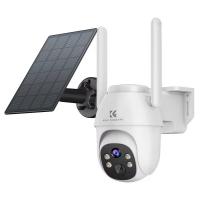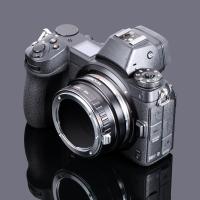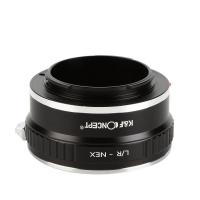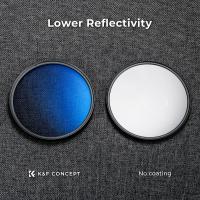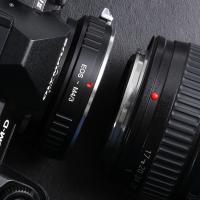What Magnification Do You Need To See Planets ?
The magnification needed to see planets depends on various factors such as the size and distance of the planet, as well as the atmospheric conditions and the quality of the telescope being used. Generally, planets in our solar system can be observed with magnifications ranging from 20x to 100x. However, higher magnifications, such as 200x or more, may be required to see finer details on the planets' surfaces or to observe smaller moons. It is important to note that while higher magnification can provide a closer view, it can also reduce the brightness and clarity of the image. Therefore, finding the right balance between magnification and image quality is crucial for optimal planetary observation.
1、 Telescope magnification requirements for observing planets
The magnification required to observe planets through a telescope depends on various factors, including the size and distance of the planet, atmospheric conditions, and the observer's preferences. However, there is no fixed magnification that can be universally applied to all planets.
In general, planets appear as small, bright objects in the night sky. To observe their features and details, higher magnification is often desired. The most commonly observed planets, such as Jupiter and Saturn, have prominent features like cloud bands, storms, and rings, which can be better appreciated with higher magnification.
However, it is important to note that increasing magnification does not always result in a clearer or more detailed view. Atmospheric conditions play a significant role in the quality of observations. On nights with poor atmospheric stability, high magnification can lead to a blurry or distorted image. In such cases, it is recommended to use lower magnification to achieve a clearer view.
Additionally, the size of the telescope's aperture also affects the optimal magnification. Larger apertures allow for higher magnification without sacrificing image quality. Smaller telescopes may not be able to handle high magnification as effectively.
Ultimately, the ideal magnification for observing planets is subjective and can vary from person to person. Some observers may prefer lower magnification to capture a wider field of view and observe the planet in its celestial context, while others may prioritize higher magnification to focus on specific details.
In recent years, advancements in telescope technology have allowed for higher magnification capabilities. However, it is important to strike a balance between magnification and image quality, taking into account atmospheric conditions and the capabilities of the telescope being used.

2、 Optimal magnification for viewing planets with a telescope
The optimal magnification for viewing planets with a telescope depends on various factors, including the size of the telescope's aperture, atmospheric conditions, and the specific planet being observed. While there is no one-size-fits-all answer, a general guideline is to use a magnification of around 50x to 100x per inch of aperture.
When it comes to planetary observation, it is important to strike a balance between magnification and image quality. Increasing magnification beyond a certain point can result in a loss of image clarity and detail due to atmospheric turbulence and the limitations of the telescope's optics. Therefore, it is crucial to consider the atmospheric conditions and the stability of the air when determining the optimal magnification.
Additionally, the size and features of the planet being observed also play a role in determining the ideal magnification. For example, planets like Jupiter and Saturn, with their prominent cloud bands and intricate ring systems, can benefit from higher magnifications to reveal finer details. On the other hand, planets like Mars, which have smaller apparent sizes and fewer surface features, may require lower magnifications to avoid image degradation.
It is worth noting that advancements in telescope technology, such as adaptive optics and larger apertures, have allowed for higher magnifications with improved image quality. However, even with these advancements, the atmosphere still imposes limitations on the maximum useful magnification.
In conclusion, the optimal magnification for viewing planets with a telescope is a subjective matter that depends on various factors. A range of 50x to 100x per inch of aperture is a good starting point, but it is important to consider atmospheric conditions, the specific planet being observed, and the limitations of the telescope's optics to achieve the best possible view.
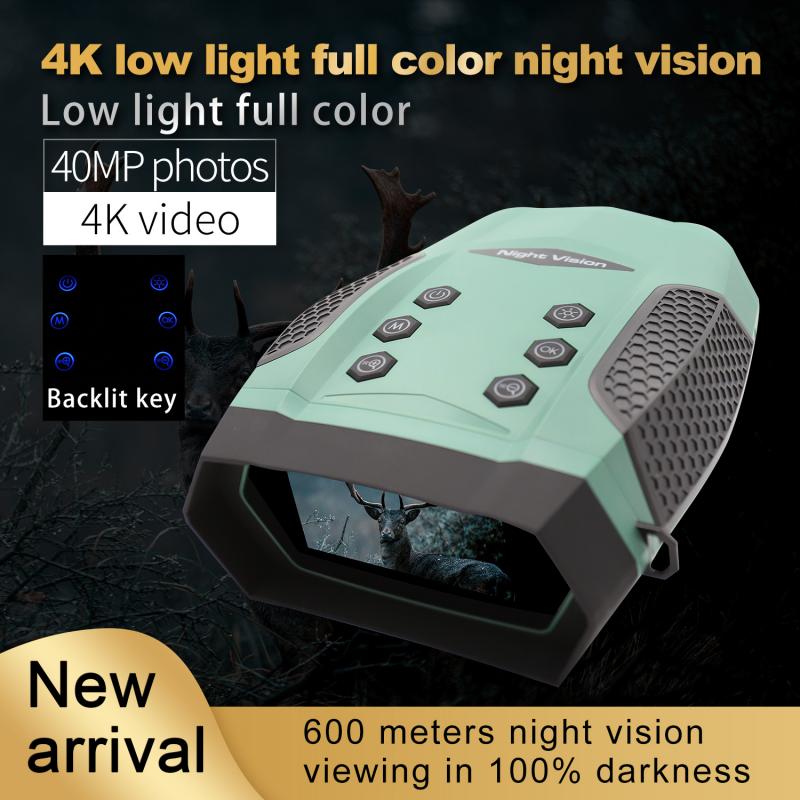
3、 Recommended magnification levels for planetary observation
Recommended magnification levels for planetary observation vary depending on several factors, including the size and distance of the planet, atmospheric conditions, and the observer's experience and equipment. However, there is no specific magnification that can be universally recommended for all planetary observations.
In general, planets appear as small, bright objects in the night sky, and higher magnifications can help reveal more details on their surfaces. However, there is a limit to how much magnification can be used effectively. Atmospheric turbulence, also known as "seeing," can greatly affect the clarity of the image at high magnifications. Therefore, it is important to consider the prevailing atmospheric conditions before deciding on the magnification level.
Experienced observers often recommend using a magnification range of 30x to 50x per inch of aperture (telescope diameter) as a starting point for planetary observation. For example, a 6-inch telescope would typically provide good views of planets at magnifications between 180x and 300x. However, it is important to note that these are just general guidelines and may vary depending on the specific conditions.
In recent years, advancements in telescope technology and image processing techniques have allowed for higher magnifications and more detailed planetary observations. Some amateur astronomers have reported success with magnifications exceeding 400x or even 500x under ideal conditions. However, it is crucial to remember that atmospheric conditions play a significant role, and it is not always possible to achieve such high magnifications.
Ultimately, the best approach is to experiment with different magnifications and observe the planets under various conditions to determine the optimal level for each observing session. It is also worth considering other factors such as the quality of the telescope optics, the stability of the mount, and the observer's experience and skill in focusing and tracking celestial objects.
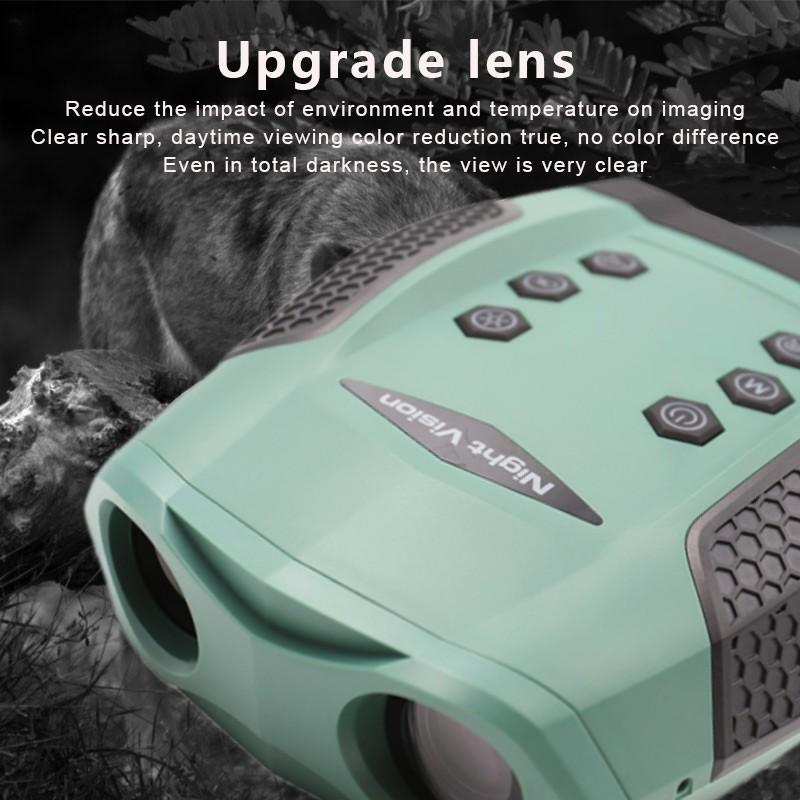
4、 Determining the necessary magnification to see planets clearly
Determining the necessary magnification to see planets clearly is a complex task that depends on various factors. The primary factors include the size and distance of the planet, as well as the atmospheric conditions and the observer's visual acuity.
In general, planets appear as small, bright points of light in the night sky. To observe their features, such as surface details or moons, higher magnification is required. However, there is a limit to how much magnification can be used effectively. The Earth's atmosphere can cause blurring and distortion, especially at high magnifications, which can hinder the clarity of the view.
The latest point of view suggests that a magnification of around 50x to 100x is sufficient for observing the planets in our solar system. This range allows for a good balance between magnification and image quality. Higher magnifications, such as 200x or more, may be used on occasions when atmospheric conditions are exceptionally stable, but they are not necessary for general planetary observation.
It is important to note that the quality of the telescope and its optics also play a significant role in determining the necessary magnification. A high-quality telescope with good optics will provide clearer and sharper views at lower magnifications compared to a lower-quality instrument.
Ultimately, the best approach to observing planets is to start with a lower magnification and gradually increase it until the desired level of detail is achieved without compromising image quality. Experimenting with different magnifications under various atmospheric conditions will help determine the optimal magnification for observing planets clearly.









